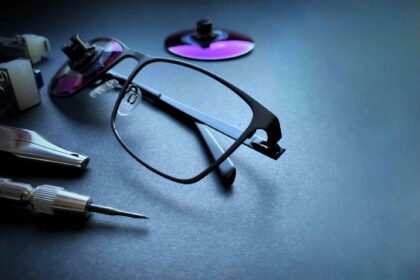Nowadays, markets are oversaturated with products of similar functionality and purpose. The demand is high, but so is the competition, and product design becomes a pivotal factor that drives one brand to financial success and others to decline and eventual bankruptcy. With a product design role in achieving triumph enhancement, the versatility of design tools is also expanding.
One of the crucial tools of contemporary product design is 3D modeling, which transforms traditional design norms. With its broad functionality and high applicability, designers within every 3D modeling company breathe life into their concepts, crafting detailed, dynamic prototypes that offer a tangible glimpse into the future product. This modern approach merges creativity with technology, ushering in a revolutionary phase in product design.
Contents
The History of Product Design
Delving into the annals of product design, one encounters a rich tapestry woven with hand drawings, intricate clay models, and hands-on physical mock-ups. While bearing a raw authenticity, these traditional methods often grappled with certain limitations. The precision of hand-drawn sketches depended mainly on the artist’s skill, and clay models, though tangible, were time-consuming and complex to modify with iterative design changes. As technology’s influence permeated the design landscape, there was a paradigm shift.
The dawn of computer-aided design (CAD) marked a significant evolution, offering designers a digital canvas with unprecedented accuracy and flexibility. With CAD, design revisions that once took days could now be accomplished in mere hours. Yet, CAD was just the starting point. The design world was soon introduced to the marvel of 3D modeling.
This wasn’t just about flat, two-dimensional sketches anymore; products could be visualized in full, three-dimensional glory, enabling designers to anticipate and rectify design challenges and presenting stakeholders with a realistic preview of the final product. This transition didn’t just augment the design process — it completely turned it, setting the stage for the multifaceted product design environment we know today.
Advantages of Using 3D Modeling For Product Designing
The mass implementation of 3D modeling tools has revolutionized product design and development. Their offerings stand on the foundation of precision and accuracy. The nimbleness with which micro-adjustments can be made ensures every design detail is spot-on. Moreover, their emphasis on dimensional accuracy is pivotal in guaranteeing optimal product functionality. In rapid prototyping, transforming a digital blueprint into a physical model using 3D printing has reshaped the design landscape.
This hastens the design-to-product journey and accelerates the testing and iteration phases, leading to swift market entries. When we turn to visualization and marketing, the capabilities are awe-inspiring. Brands can now furnish ultra-realistic product renderings, making promotional materials more engaging and realistic. Coupled with virtual product demonstrations, it provides a holistic and immersive experience to potential clients or consumers.
From a cost perspective, 3D modeling enables efficiency. The process removes the necessity of numerous physical prototypes, and digital alterations negate material wastage. This translates to tangible savings that optimize budgets. Lastly, the age of isolated design sessions is past. With collaborative design, 3D models are shared globally, fostering real-time feedback and synchronized design explorations, thus knitting a fabric of collective innovation.
3D Modeling Challenges In Product Design
Embracing the capabilities of 3D modeling also requires navigating its challenges. At the forefront is the issue of skill and expertise. As the 3D modeling sphere burgeons, the market becomes saturated with dozens of companies and specialists. However, proficiency varies. Choosing a proficient 3D modeling partner is paramount to translating design visions accurately and innovatively. Entrusting a project to lesser-skilled hands can jeopardize both time and resources.
Next, tech limitations loom. While 3D software has advanced leaps and bounds, it’s not immune to glitches or inaccuracies. Addressing these potential pitfalls requires constant vigilance. In some instances, what appears feasible in a digital space might present complications when transformed into a physical prototype, leading to costly and time-consuming revisions. Finally, the bridge between 3D designs and actual production presents its own challenges, labeled as integration with manufacturing.
A 3D design, regardless of its visual appeal, must be suitable for manufacturing technologies available nowadays, and aligning design intricacies with production capabilities is crucial. Failing to do so can lead to either expensive designs or, worse, unfeasible in a real-world production scenario.
Conclusion
The advent of 3D modeling companies has undeniably upgraded product design practices, merging creativity with precision to sculpt innovative products. This evolution allows businesses to transform their visions into tangible realities, fostering efficiency and innovation.
As we gaze into the future of product development, it’s clear that 3D modeling is not just an option — it’s the way forward. Big and small businesses are encouraged to harness this potent tool, reimagining the boundaries of what’s possible and steering the helm of groundbreaking product evolution.




